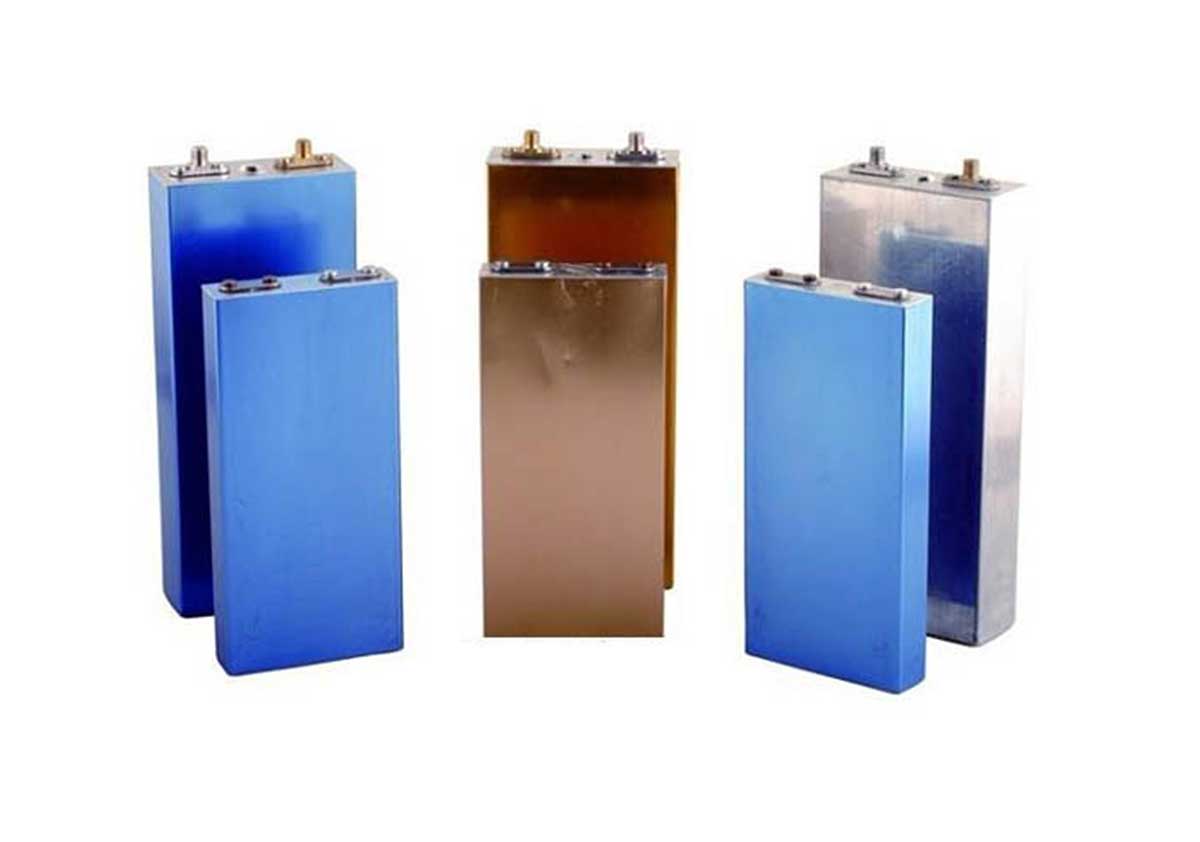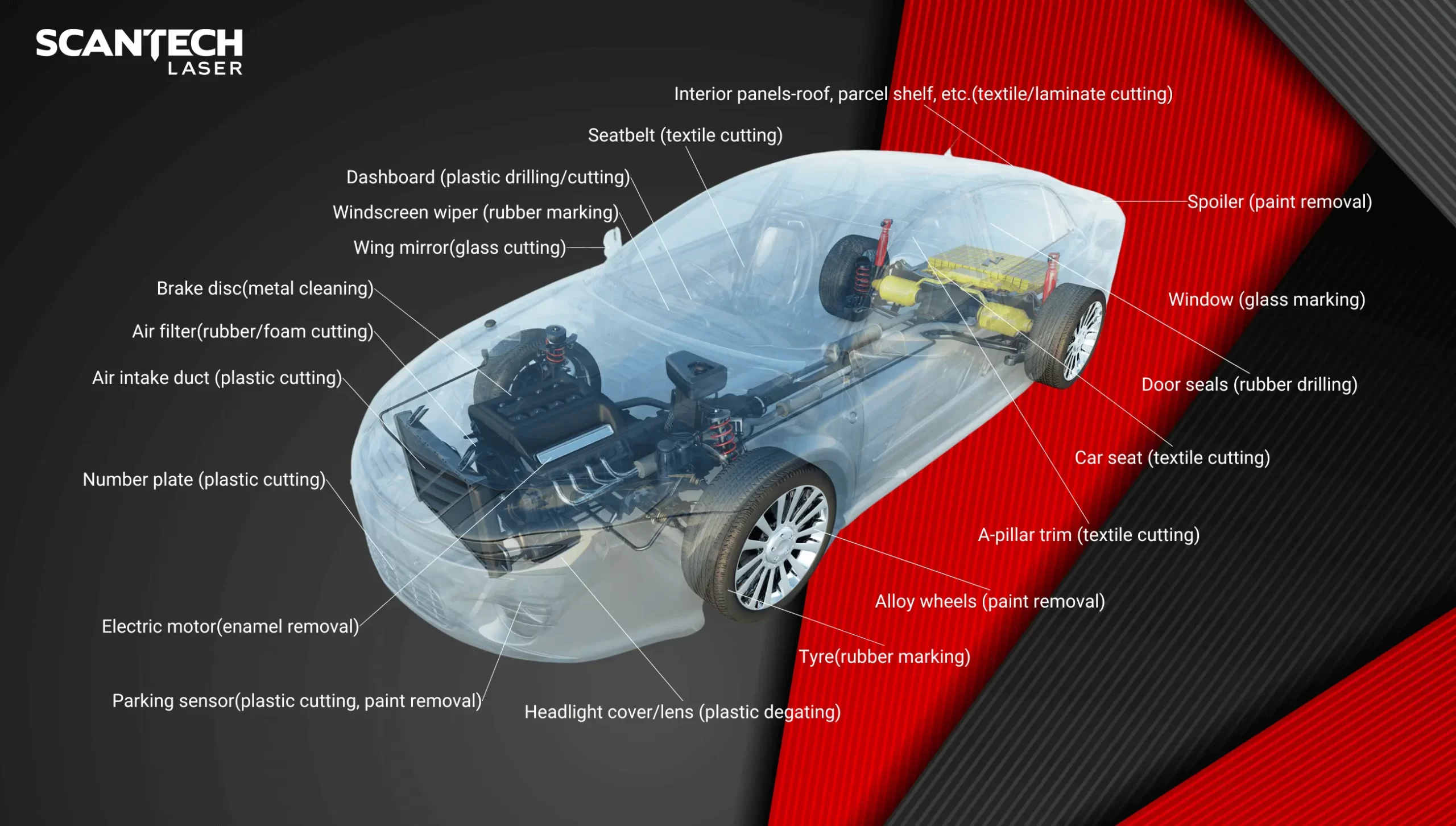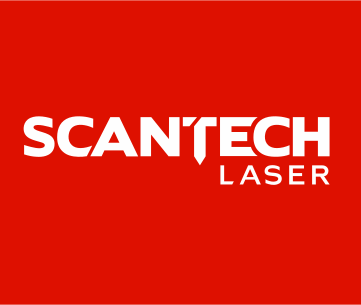
Importance of Laser Welding – Battery Application
The market for all batteries continues to grow as the global demand for wireless and environmentally safe electronics increases. This includes electronic devices such as mobile phones, tablets, and electric cars. Market growth encourages suppliers and manufacturers to research and develop their methods, materials, and products to meet demands. This demand for battery-powered products has resulted in the development of better battery performance during the last 20 years.
Battery cells are most often put into modules or packs when produced for electrically driven vehicles. The variable of greatest influence when welding battery packs is the contact resistance between the cell and the connection tab. It is crucial to minimize this variable as much as possible to prevent energy loss in the form of heat generation.
Scantech Laser welding perspective
From the Scantech Laser welding perspective, the most important aspects of tab welding are the thickness and material of both the tab and the terminal. Conductivity is the name of the game, so battery tabs are generally made of aluminium or copper, sometimes plated with nickel or tin. Terminals may be cold-rolled steel, aluminium, or copper, depending upon the physical size of the finished battery.
Laser Welding of Battery and its components
We have covered Laser Welding of Battery and its components-related topics in this blog space
– not surprising, given the importance of batteries in today’s world. So, we thought it might be helpful for us to give people some guidance on selecting and using the right technology for these applications.
Laser welding
Laser welding for batteries is still kind of the new kid on the block, introduced in volume into the manufacturing marketplace in the mid-1980s. Two laser types are a good choice for battery applications: pulsed Nd: YAG and fiber.
Lasers are most often used for high-speed seam and plug sealing of battery cans, offering significant advantages over mechanical clinching and adhesive methods. The figure below shows a few examples of seam welding of aluminium cans, including a weld cross-section, and ball and plug sealing application examples.


For tab and buss bar joining, laser welding offers a high degree of flexibility, welding both thin and thick tab materials, materials such as copper, aluminium, steel, and nickel, as well as some dissimilar material combinations. Welding tabs or terminal connections to buss bars generally do not require as much penetration or heat input control as the tab to terminal welds.
How to choose?
All three methods are tried and proven to function in the production of battery applications. Each method has separate strengths and limitations which makes them complement each other. Thus, it is important to look at several factors when deciding which welding technique is the most suitable for the desired application. The scale of production, economical aspects as well as battery cell geometry were concluded to be the most important in making this decision.
The below tables offers a few guidelines on the available methods and the parameters you should look at when examining their suitability for your battery application.
Guidelines to examine the suitability of battery application.
| Technology | Benefits |
| Laser Welding | Non-Contact, High-speed welding, Tailored weld pattern, weld any joint geometry. |
| Joining Application | Technology | Details |
| Can and Plug sealing | Laser | Barrier sealing of aluminium, Nickel, and cold rolled steel with minimal heat input. |
| Tab to electrode / Case | Laser | Up to 1.01mm plus thick tab material. Electrode/ Case thickness >1.5 x Tab thickness. |
| Tab to Busbar | Laser | Multiple materials and layers can be welded. Up to 1.mm plus weld penetration in any material. |





Pingback: Importance of Prismatic Battery Laser Welding System | Articles Maker